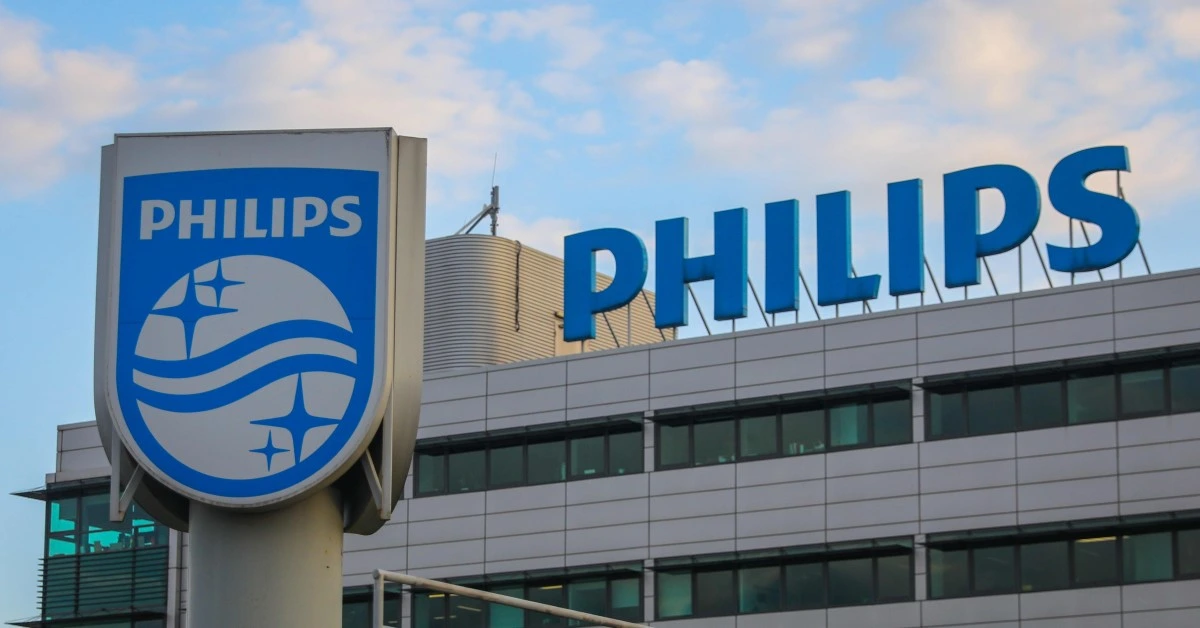
NETHERLANDS – Philips announced on Monday that it has experienced a significant drop in demand from China, prompting the Dutch medical devices company to revise its sales projections for the year.
The decline in orders has been attributed to a decline in consumer confidence and the ongoing state-led anti-corruption campaign in China, which has negatively impacted hospital procurement.
“That compounded effect showed a strong decline in China and a further deterioration versus what we expected in July,” said Chief Executive Roy Jakobs during a press briefing.
He noted that while demand from hospitals and consumers in China continued to weaken in the third quarter, other regions demonstrated solid growth.
“China remains a fundamentally attractive growth market for Philips in the long term, but market conditions are expected to remain uncertain,” he added.
Revised sales outlook
Philips now anticipates that its comparable sales will grow between 0.5% and 1.5% in 2024, a significant decrease from the previous forecast of 3% to 5%.
This revision highlights the challenges the company faces in the Chinese market, where it derives nearly a third of its revenue from so-called “growth geographies,” including China.
The downturn was particularly evident in the personal health segment, where sales fell by 5% in the third quarter, largely due to a double-digit decline in China.
Meanwhile, the medical device segment—referred to as Diagnosis & Treatment—experienced a 1% sales drop, although solid growth was reported in markets outside of China.
Global context and financial performance
Philips is not alone in its struggles; several global corporations have issued warnings about the sluggish Chinese economy, despite efforts by the Beijing government to stimulate growth.
Jakobs remarked that orders in China had seen a “very material” decline in the third quarter but did not disclose specific figures.
Overall, Philips reported flat comparable sales at 4.4 billion euros (US $4.75 billion), falling short of the 2.1% growth that analysts had forecast.
However, adjusted earnings before interest, taxes, and amortization (EBITA) met expectations at 516 million euros (US $558 million), marking a 13% year-on-year increase, largely driven by reduced costs that improved the profit margin to 11.8%.
The company projects its full-year core profit margin to be around 11.5%, at the upper end of its previous outlook.
XRP HEALTHCARE L.L.C | License Number: 2312867.01 | Dubai | © Copyright 2025 | All Rights Reserved